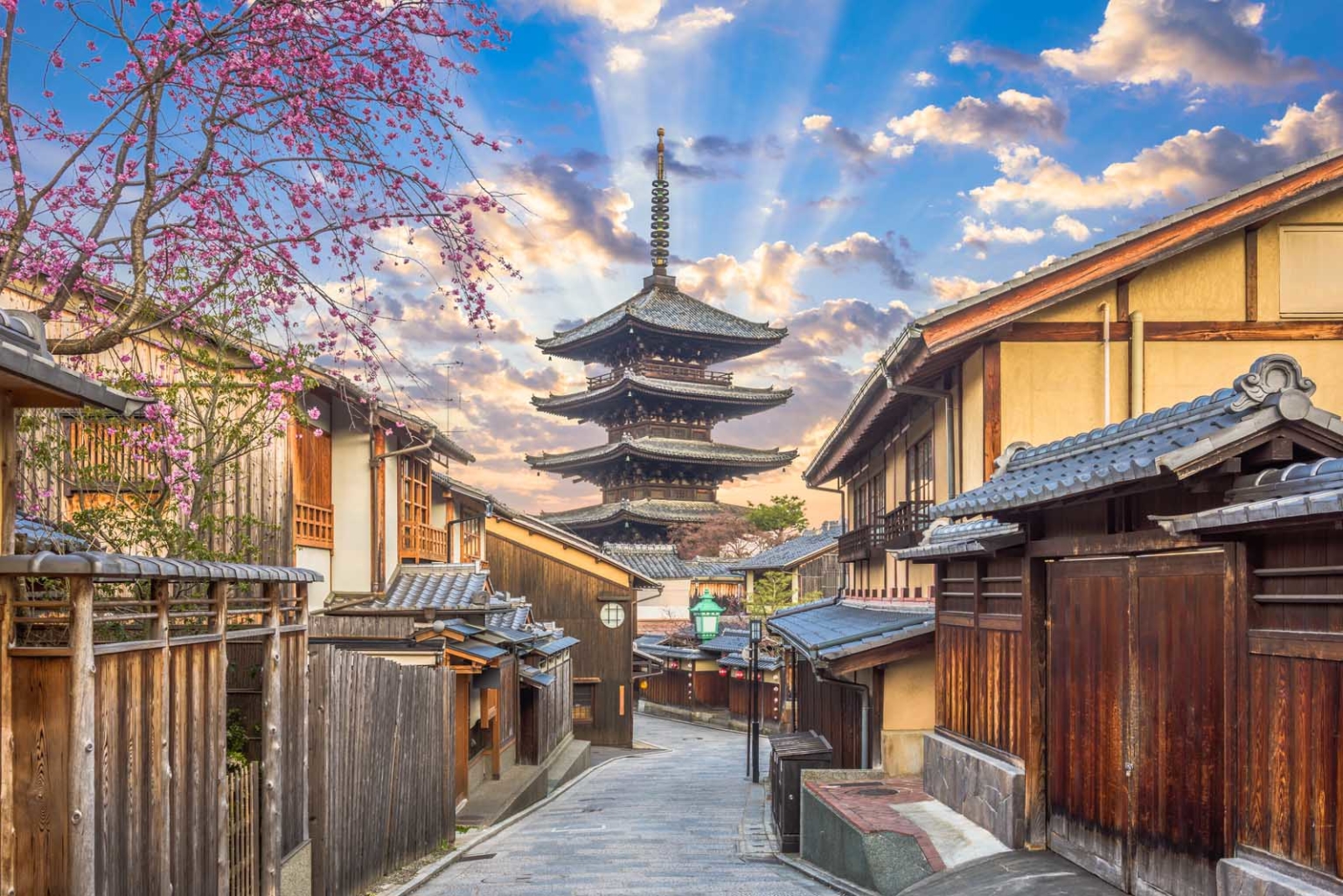Kyoto, the old capital of Nihon, is a place where tradition and arts merge beautifully, offering a colorful tapestry of celebrations that reflect the profound heritage of its people. Throughout the year, residents and tourists alike assemble to honor Kyoto's rich cultural tapestry, from impressive processions adorned with ornate floats to peaceful rituals steeped in the past. Each festival serves as a portal into the past, demonstrating the craftsmanship, spirituality, and sense of community that define this enchanting city.
As the times change, so do the festivals, each bringing its own unique energy and pageantry. The Kyoto Cultural Celebrations are not merely happenings; they are dynamic expressions of centuries-old traditions that continue to thrive in contemporary society. Whether it is the graceful elegance of the Gion Matsuri in July or the lively shades of the Jidai Matsuri in October, each event offers a glimpse into the enduring legacy of Kyoto's customs and the strong appreciation for the natural world and ancestors that echoes through every gathering.
Historical Importance of Kyoto's Celebrations
Kyoto festivals have deep roots in the urban history, reflecting hundreds of years of traditions that celebrate the changing seasons, religious beliefs, and the agricultural cycle. Many of these festivals trace their roots back to the Heian period, when aristocrats and priests would hold rites for the gods, seeking favor for bountiful harvests and protection from disasters. This historical backdrop enhances the cultural landscape of the city, as events evolved into a way to preserve community ties and transmit cultural values through generations.
One of the most renowned celebrations is the Gion Matsuri, which began as a cleansing rite to placate the deities during a time of epidemic in the 9th century. Over time, this festival has transformed into an elaborate event featuring stunning floats, traditional costumes, and a vibrant showcase of local craft and craftsmanship. Events like these not only underscore the city's historical struggles and triumphs but also serve as a testament of the importance of togetherness and communal spirit in the face of adversity.
Moreover, the city's celebrations are intimately tied to Shinto and Buddhist traditions, showcasing the city's spiritual legacy. These events often incorporate rituals that honor deities, express cosmological beliefs, and mark life events. The blending of religion and celebration demonstrates how the city's culture has maintained its ancient ways while adjusting to contemporary society. This vibrant relationship between heritage and modernity is a hallmark of the city's festivals, making them crucial to grasping the city's historical and cultural importance.
Key Cultural Festivals in Kyoto
The city of Kyoto is home to many cultural festivals that showcase its rich heritage and vibrant community spirit. One of the most notable events is the Gion Matsuri, held during July. This festival features elaborate and detailed floats and classic parades, drawing many of visitors each year. Kyoto Tradition is the Yamaboko Junko, where large floats adorned with intricate designs are paraded through the streets. This festival not just celebrates the city's history but also showcases the craftsmanship and artistry of Kyoto's artisans.
Another significant event is the Aoi Matsuri, which takes place in May. This festival dates back to the Heian period and is known for its elegant processions featuring participants dressed in period clothing. The procession proceeds from the Kyoto Imperial Palace to the Kamo Shrines, showcasing traditional rituals and practices tied to Shinto beliefs. Aoi Matsuri highlights the blending of spirituality and cultural heritage within the local community, drawing spectators to observe centuries-old traditions still revered today.
The Jidai Matsuri, or Festival of Ages, is celebrated on October 22 and offers a snapshot into Kyoto's historical timeline. Participants dress in clothing representing various eras from the city's rich past, paying homage to its evolution from the Heian period through the Meiji Restoration. This festival not only entertains but serves as a living history lesson, fueling the appreciation for Kyoto's unique cultural identity. Each of these festivals plays a crucial role in maintaining and promoting Kyoto's cultural traditions, ensuring they persist to thrive in modern times.

Safeguarding Heritage by Celebration
The Kyoto's Festivals stand as a symbol to the urban area's rich heritage, capturing the core of the traditions of Kyoto customs. All festival is an occasion for the citizens to unite, engaging in time-honored practices that have been transmitted through generations. These events not only celebrate significant events but also serve as a colorful display of the distinct traditions that characterize Kyoto. The energy felt during these events emphasizes the value of retaining cultural heritage in a swiftly transforming world.
Additionally, Kyoto culture events are a stage for artists and makers to display their works, ensuring that traditional artistries are preserved. From ornate kimono designs to the pulsating beats of taiko drums, each element reflects a part of Kyoto's rich story. By taking part in these festivities, residents and guests alike nurture their admiration for the splendor of traditional art, emphasizing the idea that heritage thrives in communal settings. This multi-generational exchange during festivals encourages a community spirit and teaches the younger generations about their history.
In conclusion, Kyoto's devotion to its traditions through these festivals underscores the city's devotion to preserving cultural heritage. Festivals like Gion Matsuri and Aoi Festival not only attract tourists but also include the community in significant ways. This fusion of routine and cultural celebration assures that the vibrancy of Kyoto culture remains alive. As the city accepts change while honoring its history, the celebrations of Kyoto become a dynamic representation of cultural identity that continues to captivate all who attend them.
